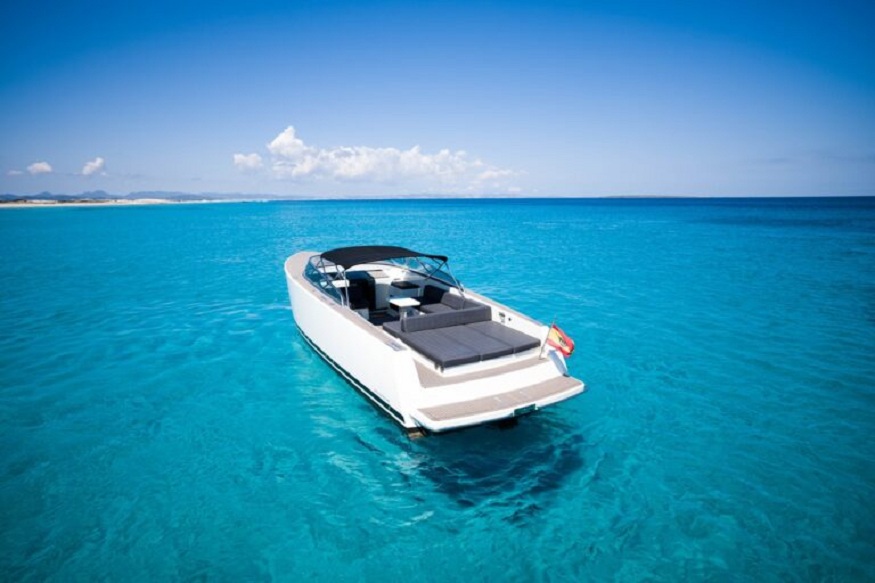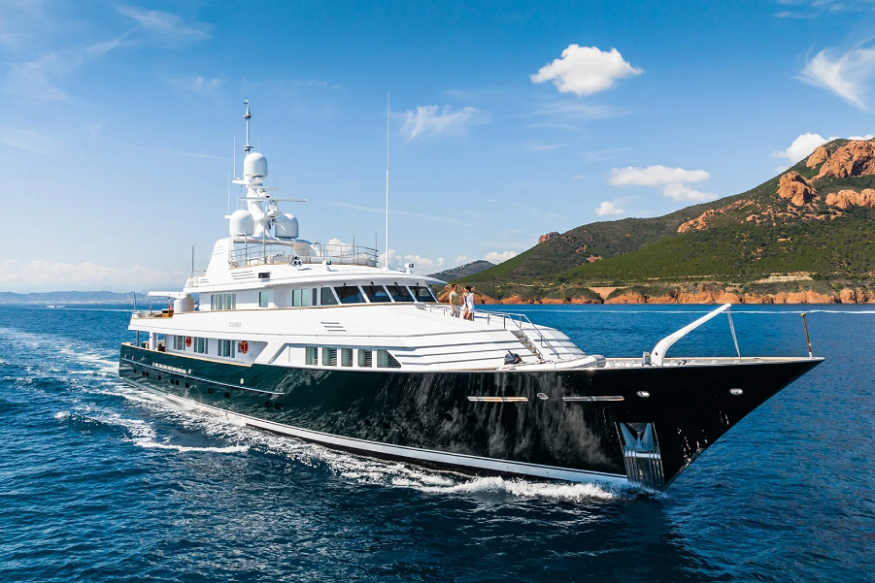Nepal Adventure: EBC Trek & Three Peak Climbs: Island, Lobuche, Mera & EBC:
Nepal is a land where sky touches mountains and dreams touch reality. Here people come from far, from every corner of earth. Why? Because the tallest peaks stand here, and the heart of adventure beats here. When you mix the Everest Base Camp Trek with three beautiful climbing peaks, Island, Lobuche, and Mera, you get something big. Not only a trek, not only a climb, but a whole life journey. It is not easy. But it is an adventure of a dream.
Everest Base Camp Trek
Everest Base Camp Trek is the starting point for many climbers but also the ending dream for many trekkers. To walk from Lukla to the base of the highest mountain, it feels like walking into a legend. The trail passes villages like Namche, Tengboche, and Dingboche. You see Sherpa culture. You see an old monastery. You see a yak carrying a load. The sky is deep, and the mountains shine bright.
Trek to EBC is 12 to 14 days mostly. You go slow because the altitude is high. At Gorak Shep, you stand near 5000 meters. From there, you walk to Everest Base Camp. Colored tents, glaciers, and icefalls are all waiting. And in the morning, many trekkers climb Kala Patthar, a small hill with a big view. Everest shows its face, Nuptse rises, and Pumori looks proud. It is like a postcard comes alive.
This trek is not hard technically, but altitude is a challenge. You need patience. But every step brings us closer to the heart of the Himalaya.
Island Peak Climbing
Island Peak is also called Imja Tse. It is one of the most famous trekking peaks of Nepal. Height is 6189 meters. It stands in Imja Valley, looking like an island of ice in a sea of mountains. That’s why the name is Island Peak.
Island Peak Climbing after you finish the Everest Base Camp Trek. Many climbers do EBC first for acclimatization, then go to Island Peak. From base camp, you walk a glacier and snowfield, then use a rope on a steep headwall. It is not a big technical mountain, but you need crampons, an ice axe, and a harness. A summit is a sharp ridge.
When you stand on top, you see the Lhotse wall, the beauty of Ama Dablam, and Makalu far away. The sky opens, the mountain circles you. Many climbers say this is the first real climb of their life. It teaches rope skills, ice climbing, and glacier walking. But it also gives the gift of view and pride.
Lobuche Peak Climbing
Lobuche Peak is near the Everest base camp side. It has two summits: Lobuche East and Lobuche West. Most trekkers climb Lobuche East because it is a trekking peak permit. Height is 6119 meters. It is close to Khumbu Glacier, so the view is amazing.
The Lobuche Peak Climbing starts from Lobuche village. Base camp, then high camp, then summit push. The trail is rocky, then snowy, then steep. Climber rope together, climb ridge. It is more technical than Island Peak in some parts. So it is good training for a bigger expedition.
On top, the panorama is Everest, Lhotse, Nuptse, Pumori, and Ama Dablam. The horizon is full of giants. Feeling is like flying. For many climbers, Lobuche is a step before the Everest expedition. It is a practice mountain but also a beautiful mountain.
Mera Peak Climbing
Mera Peak is the tallest trekking peak in Nepal. 6476 meters high. Located in remote Hinku Valley. The approach is longer than Island and Lobuche but more wild. You trek through forest, river, and pass. Fewer people. Villages are small, and life is simple.
The Mera Peak Climbing is not too technical but very high. You need to walk the glacier for a long time, then climb the final slope with rope and axes. A summit is a wide, flat ridge. But the view is one of the best in all of Nepal. You can see Everest, Lhotse, Makalu, Cho Oyu, and Kanchenjunga. Five 8000-meter peaks in one eye. Very rare.
Because the height is so high, the body feels heavy. But if you are strong and patient, it is possible. Many climbers say Mera is the first step before a 7000- or 8000-meter climb.
Why Combine Trek and Peak?
Doing only a trek is good. Doing only peaks is also good. But when you combine them, you get a complete experience. The trek shows culture, life, tea houses, and people. Climb the snow rope, crampon, and glacier with real mountaineer spirit. Together, they make a whole adventure.
Everest Base Camp gives the heart of Khumbu. Island Peak gives a technical start. Lobuche Peak gives a sharp ridge. Mera Peak gives high altitude. After doing these four, you are not the same person anymore. You are stronger, wiser, and more alive.
Sherpa Culture and People
In Khumbu, Sherpa people are guides, porters, and climbers, but also teachers of mountain life. They live high, work hard, and always smile. Their culture is Buddhism, so monasteries, prayer flags, and the sound of mantras on the wind are common. When you trek or climb, you stay in their lodge, eat their food, and hear their story. Respect for Sherpa is respect for the mountain. Without them, many expeditions would not be possible.
Food and Stay on Route
On the EBC trek and Island/Lobuche, you stay in a teahouse. Room simple, bed hard, blanket thick. But the kitchen is warm, and dal bhat is full. On Mera, many camp because the area is wild. The food is noodles, soup, rice, sometimes chocolate, and pancakes. Not hotel luxury, but mountain luxury. Sitting under the stars, drinking tea—that is the best.
Best Time to Go
Autumn (September–November) is perfect. Clear sky, stable weather, and a sharp mountain. Spring (March–May) is also good, with flowers blooming and less cold. Winter is too snowy and too hard. Summer is monsoon, rain, leeches, and clouds. So if you want safety and beauty, go in autumn or spring.
Permit and Rule
Each peak needs a permit. Island, Lobuche, and Mera all require trekking peak permits from the Nepal Mountaineering Association. Fees differ in season. I also need a Sagarmatha National Park permit for EBC. My side needs a Makalu Barun permit. Always arrange through an agency. A guide is a must, because glacier and rope skills are serious.
Difficulty Level
The EBC Trek is moderate. Island Peak is a basic climb. Lobuche is a little more technical. Mera is the highest altitude but not steep. Together, they are challenging. You need fitness, some rope training, and a strong heart. But many beginners also climb with the right guide. Slow, steady, careful—it is possible.
Emotional Experience
Walking to EBC, you feel history. Climbing Island Peak, you feel achievement. Standing on Lobuche, you feel courage. On top of Mera, you feel the world is under your foot. Every moment is emotional. Tired body, but smiling face. Pain in leg, but peace in soul.
Training and Preparation
Before coming, you should walk for long hours, run, or go hiking with a backpack. Cardio is important. Also learn how to use crampons, harnesses, and ropes. You don’t need to be a pro, but basic skills make climbing safe. Mental preparation is also important. A mountain is not a gym; it is nature. So respect and patience.
Cost of Adventure
The full package of EBC + three peaks is not cheap. Permit, flight to Lukla, guide, porter, lodge, food, gear. Around 4000 to 6000 USD, maybe, depending on the company and service. But memory is priceless. Many people save money for a long time just to come once. And they never regret it.
Compare the Three Peaks
- Island Peak: lower height, more popular, good first climb.
- Lobuche Peak: sharper ridge, more technical, near EBC.
- Mera Peak: highest, less technical, remote, huge panorama.
Each peak gives a different lesson. Together, they make you a complete climber.
Safety on the Mountain
Safety is important. Altitude sickness is real. Drink water, walk slowly, and take a rest day. Guides always watch you. Rope and crampons must be checked. Never rush. Weather can change fast. If there’s a storm, wait. Mountains are always there, but life is only once.
Conclusion
Nepal is the world capital of mountain adventure. The Everest Base Camp Trek shows you culture and the path of legend. Island Peak Climb gives the first real climb. Lobuche Peak teaches technique and courage. Mera Peak tests altitude and endurance. Together, they create a full journey, body and soul.
If you want to discover yourself, not only the place, this adventure is for you. Hard, yes. Tiring, yes. But also beautiful, unforgettable, and alive. Nepal waits for you. The mountain waits for you. And when you finish, you are no longer the same person. You are a mountain person.
Contact Details
Company address: Everest Trekking Routes Pvt. Ltd.
16 Khumbu, Nayabazaar, Kathmandu, Nepal
Mobile : +977-9843467921 (Rabin)
Email: [email protected]




Post Comment
You must be logged in to post a comment.